Kubernetes Deployment Yaml Command Example
We can define entire deployment object in a single yml file. Create a bash file for example generate-yamlsh and save the following script into it -.
Kubernetes Deployment spec examples.

Kubernetes deployment yaml command example. The ConfigMap resource contains the data that is used during the deployment process. For example where we previously created a single instance of the Pod we might create a Kubernetes Deployment YAML example to tell Kubernetes to manage a set of replicas of that Pod literally a ReplicaSet to make sure that a certain number of them are always available. Create a ConfigMap YAML file in a text editor.
The folder where dependent sub-charts get stored. Unfortunately trying to manage your active Namespace with kubectl can be a pain. Kubectl get deployments -n deployment-demo.
Hey there Kubernetes fan. Cd opt wget xxxxxx mkdir new. Now lets take a Kubernetes deployment yaml example and we will discuss in detail.
The Chartyaml file contains metadata and some functionality controls for the chart. Kubernetes Deployment Yaml Example To deploy containerized applications in Kubernetes cluster we use Kubernetes Deployment. Here we will perform pod from Nginx image so in your case you can change image accordingly.
- You can use the following shell script to achieve that -. A manifest describes an object that you want to exist in your cluster. By running this command in the Kubernetes Cluster.
Kubernetes Deployment Use Cases. For n in kubectl get -oname pvcconfigmapserviceaccountsecretingressservicedeploymentstatefulsethpajobcronjob. After covering some core concepts in Kubernetes the next sections provide several examples in the form of YAML files.
You can check it by describing the deployment in YAML format using the kubectl command. Many Kubernetes environments including the ones mentioned earlier in this Chapter describe how. The contents of this website are 2021 under the terms of the MIT License.
Kubectl create deployment my-test-deployment --image nginx --port 8000 --replicas3 --dry-runclient -o yaml In this example I am creating deployment named my-test-deployment. Is there any other method to get this effect. Refer to the Notes below.
The command field corresponds to entrypoint in some container runtimes. It is possible to define commands in the Kubernetes for a Deployment that are to be executed immediately after creating the deployment. When youre working with Kubernetes youll soon find that its declarative nature means that youre going to apply a manifest to the cluster.
This site uses a modified version of Just the Docs documentation theme for Jekyll under. In YAML you only need to know 2 types of structures. I have not found any solution to this problem so far.
The answer is YES. Pods will run containers with nginx image listen on port 8000 and 3 replicas would be maintained. You should see and output similar to below one.
Create and Apply ConfigMap. Kubectl apply -f ca-uma-agentyaml-n caapm Optional Change the. A YAML map is how you define key-value pairs which is an intuitive and convenient method of creating configurations such as in Kubernetes A sample Kubernetes config showing a map is below.
For example one version of cAdvisor generates the container name as. If you define args but do not define a command the default command is used with your new arguments. Kubernetes deployment yaml example.
For all Kubernetes environments the samples included can be run using the standard Kubernetes command line tool known as kubectl. Here apiVersion and kind are the keys and v24 and pod are the respective values assigned to these keys. The UMA for Kubernetes YAML file contains a central configuration section ConfigMap where you specify the agent property values.
The command and arguments that you define in the configuration file override the default command and arguments provided by the container image. You write manifests for Kubernetes resources in JSON or YAML. Kubectl create -f deploymentyaml.
Unless you specify a Namespace in the YAML all Kubernetes commands will use the active Namespace. Manual configuration of Postgres on Kubernetes allows you to fine-tune your deployment configuration. We can create and manage a Deployment by using the Kubernetes Deployment Yaml file.
Fortunately there is a really good tool called kubens created by the wonderful Ahmet Alp Balkan that makes it a breeze. Even though we have added minimal information after deployment Kubernetes will add more information to the deployment such as resourceVersion uid status etc. The preceding command also created the test-connectionyaml file so we can run a test with helm test against the installed nginx chart.

Kubernetes Kubectl Syntax And Examples Of Kubernetes Kubectl
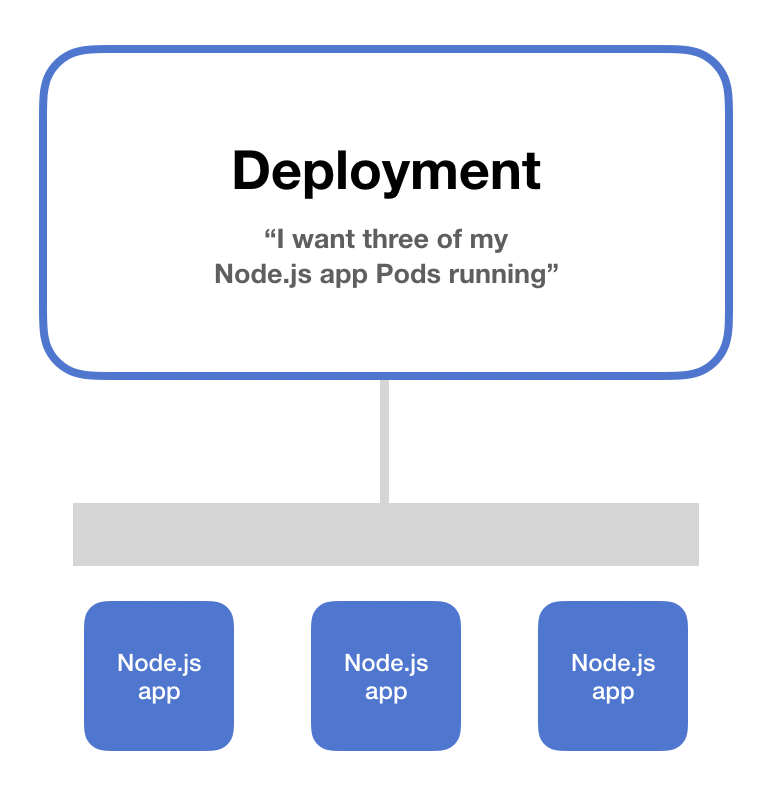
Kubernetes Deployment Tutorial With Yaml Kubernetes Book
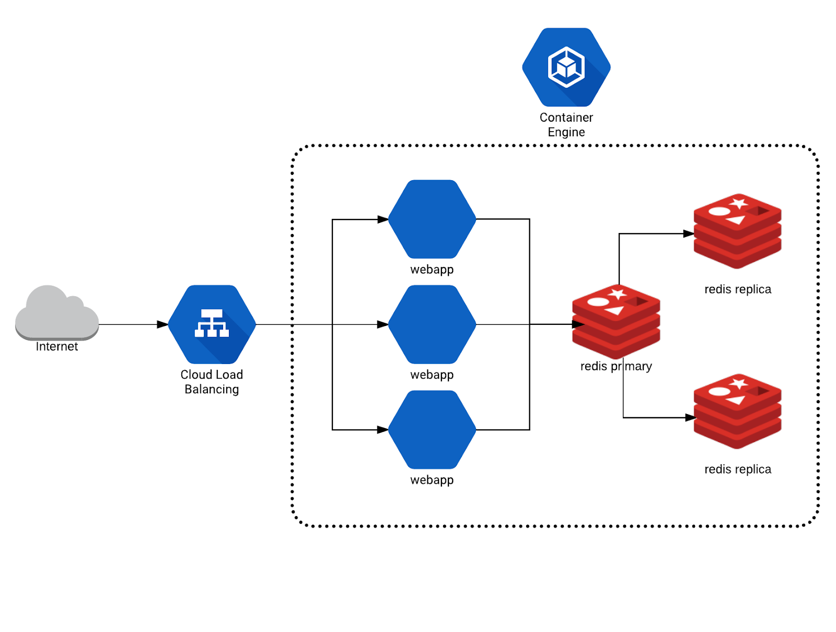
How To Deploy A Multi Tier Web Application With Kubernetes

Dissecting Kubernetes Example Dots And Brackets Code Blog

Deployment Types In Kubernetes It S What You Use To Scale Roll Out By Kubernetes Advocate Avm Consulting Blog Medium

Building Serverless Admission Webhooks For Kubernetes With Aws Sam Containers
A10 Kubernetes Connector For Thunder Adc A10 Kubernetes Connector Documentation

Install Kubernetes In Centos Linux Operating System Installation Interview Questions
How Bridge To Kubernetes Works Microsoft Docs

How To Write Yaml Files For Kubernetes Cloudplex
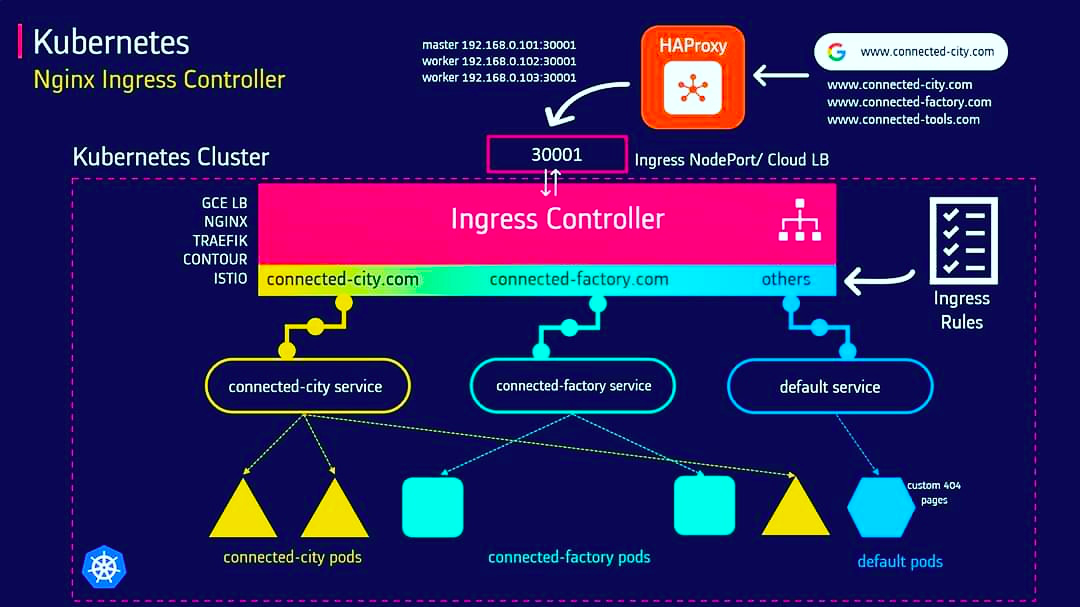
Deploying A Java Application In Kubernetes K8s By Kubernetes Advocate Avm Consulting Blog Medium
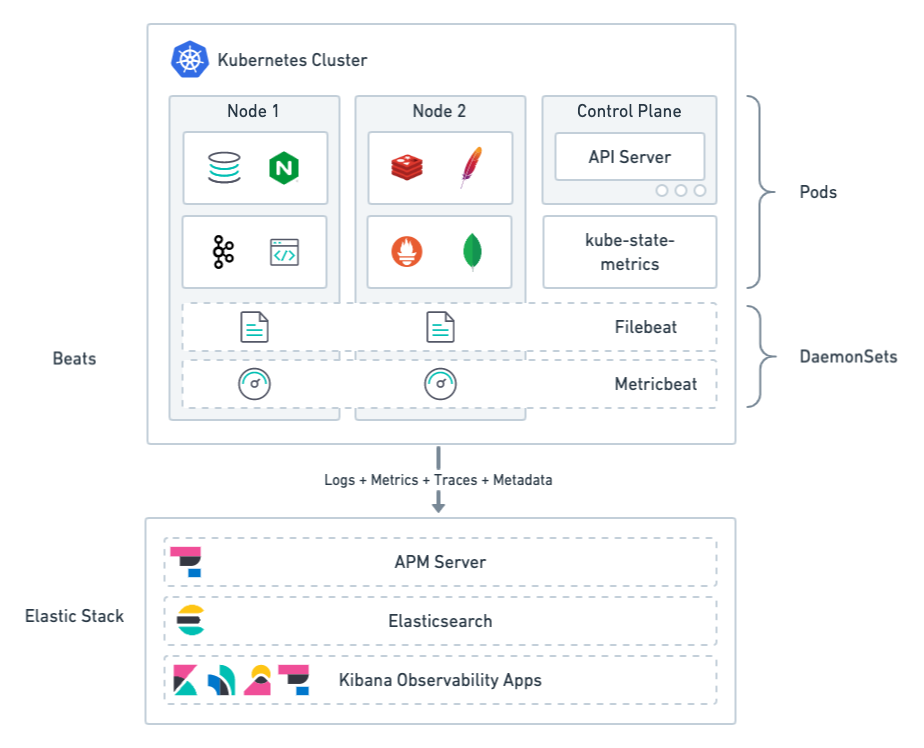
Monitor Kubernetes Observe The Health And Performance Of Your Kubernetes Deployments Observability Guide 7 X Elastic

Kubernetes 101 Series Kubernetes Commands And Arguments Enterprise Daddy
How Bridge To Kubernetes Works Microsoft Docs

Managing Secrets Deployment In Kubernetes Using Sealed Secrets Aws Open Source Blog
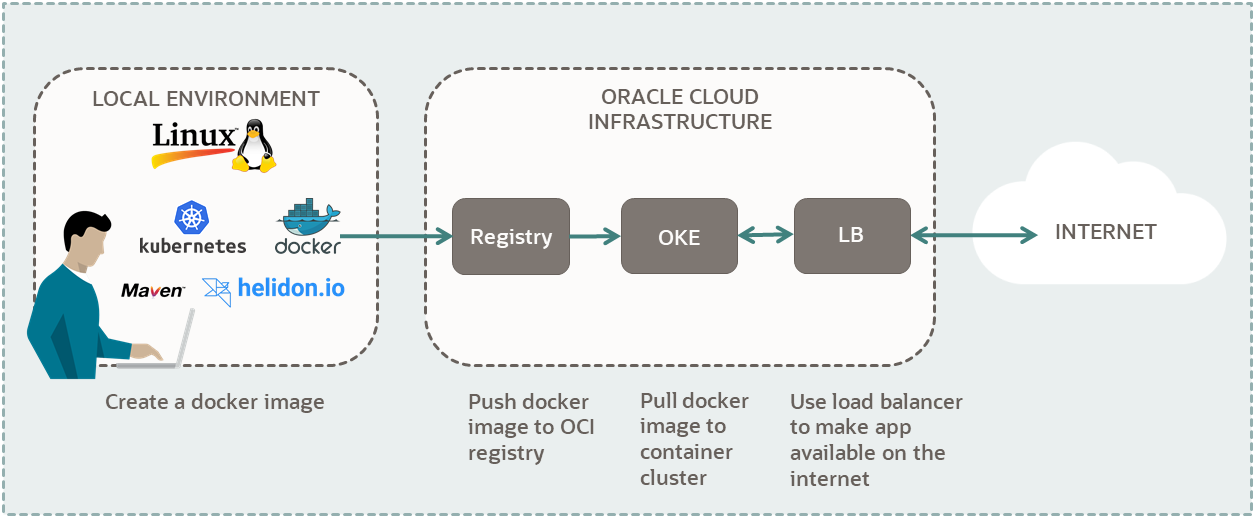
Kubernetes Deploy A Java Helidon Application
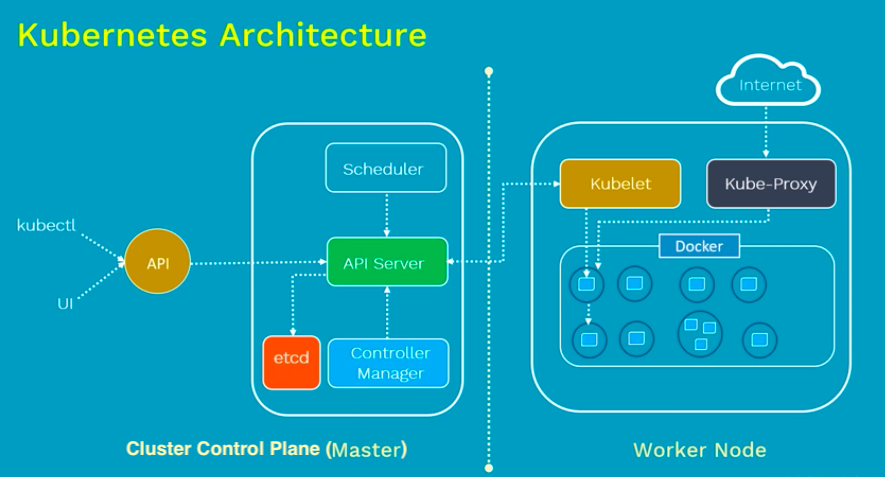
Docker Kubernetes Pods And Service Definitions 2021





Post a Comment for "Kubernetes Deployment Yaml Command Example"